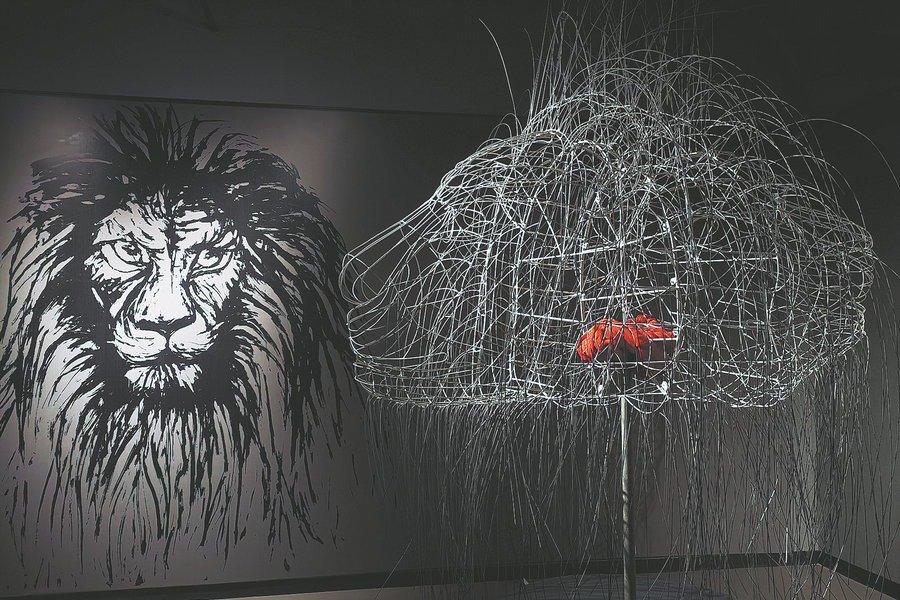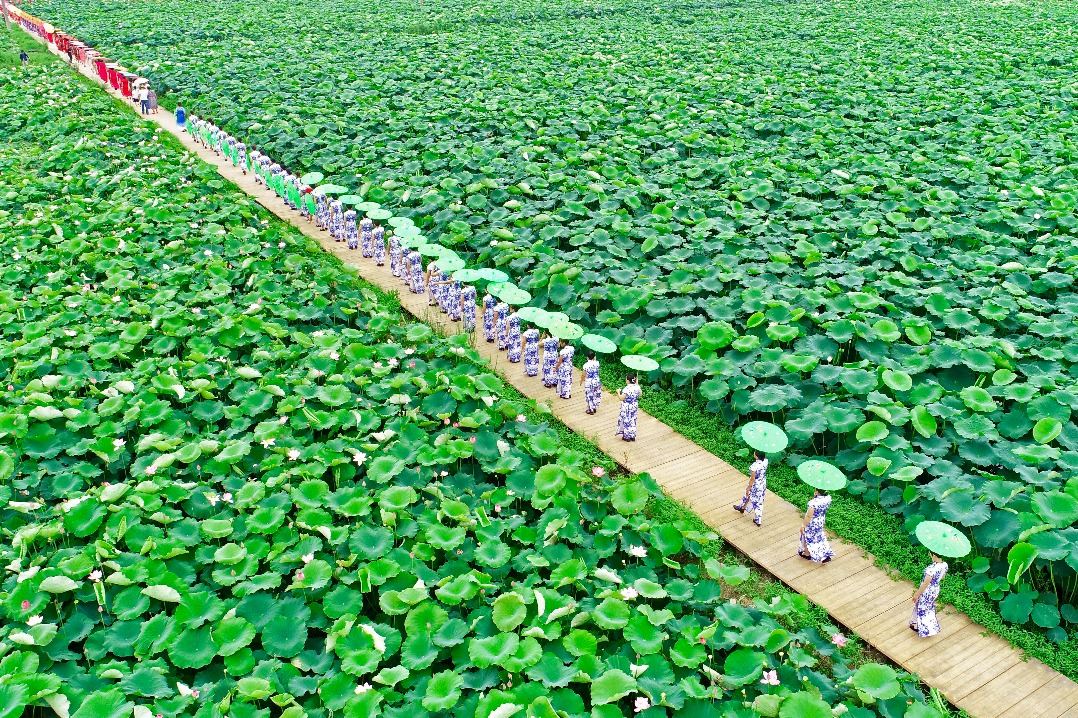Cameras discover secrets of Mangshan
Infrared monitors capture footage of elusive musk deer in Hunan reserve


'Dr Bird'
Chen Desheng not only had several good mentors but also a handful of supportive colleagues. One of them is Chen Jun. At the Mangshan reserve, he was known as "Dr Bird".
Born in 1969 at the Mangshan Forest Farm, Chen Jun proudly considers himself a genuine second-generation forester.
In 1990, he graduated from the Hunan Forestry School and returned to work with the Mangshan reserve. Following in the footsteps of his parents, he became a forestry technician.
To transform from a forest farm to a national nature reserve, the Mangshan forestry management bureau collaborated with professors and teachers from several universities in Hunan to undertake a comprehensive scientific survey of the reserve. Chen Jun assisted the experts in their work.
Among these experts was Professor Liao Xiaodong, renowned for integrating ornithology research with promoting bird-watching among the public. Liao became Chen Jun's mentor when he pursued his in-service degree in biology at the Chenzhou Education College, where Liao taught zoology.
The bird survey in Mangshan began in the early spring of 1993.During his studies, Liao mentioned to Chen Jun that Mangshan might be home to Cabot's tragopan, a rare bird under State first-class protection.
On the fourth day of their investigation, a cold front covered Mangshan in snow. Liao and Chen Jun walked in the forest and found a pile of bird feathers. They carefully collected the feathers and hurried back to their base to clean, press and dry them.
After carefully checking the feathers, Liao told Chen Jun that they belonged to a Cabot's tragopan. Mangshan was indeed home to this endangered bird.
Over three years, they braved the elements and ventured through Mangshan's dense forests to gather extensive data and compile surveys. On April 5, 1994, the State Council, China's Cabinet, approved the upgrade of Mangshan to a national nature reserve.
"Learning to watch birds is like having a ticket to nature's theater," Liao told Chen Jun.
Over the years, Chen Jun has acquired in-depth knowledge of the birds inhabiting the reserve, being able to identify them simply by listening to their songs.
Before he was promoted to lead the Xiangsikeng Patrol Station in 2009, he had served as one of the reserve's guides for six years, introducing the reserve's rich biodiversity, especially its avian life, to visitors.
At Xiangsikeng, Chen Jun collaborated with Chen Desheng. In 2014, they established 10 line transects spanning two to three kilometers each to conduct surveys and monitor the reserve's amphibians and reptiles.
"To locate amphibians, we often had to venture out at night and wade through streams. It was challenging," Chen Jun said.
Unfortunately, he had to halt the monitoring in 2020 due to vertigo, with family members advising him against leaving the house at night.
"Desheng was eager to continue the work," Chen Jun said. "But I didn't permit him to do so, because it was dangerous for anyone to explore the wildness alone."
He was promoted to lead the reserve's science and public education department in 2019.




































